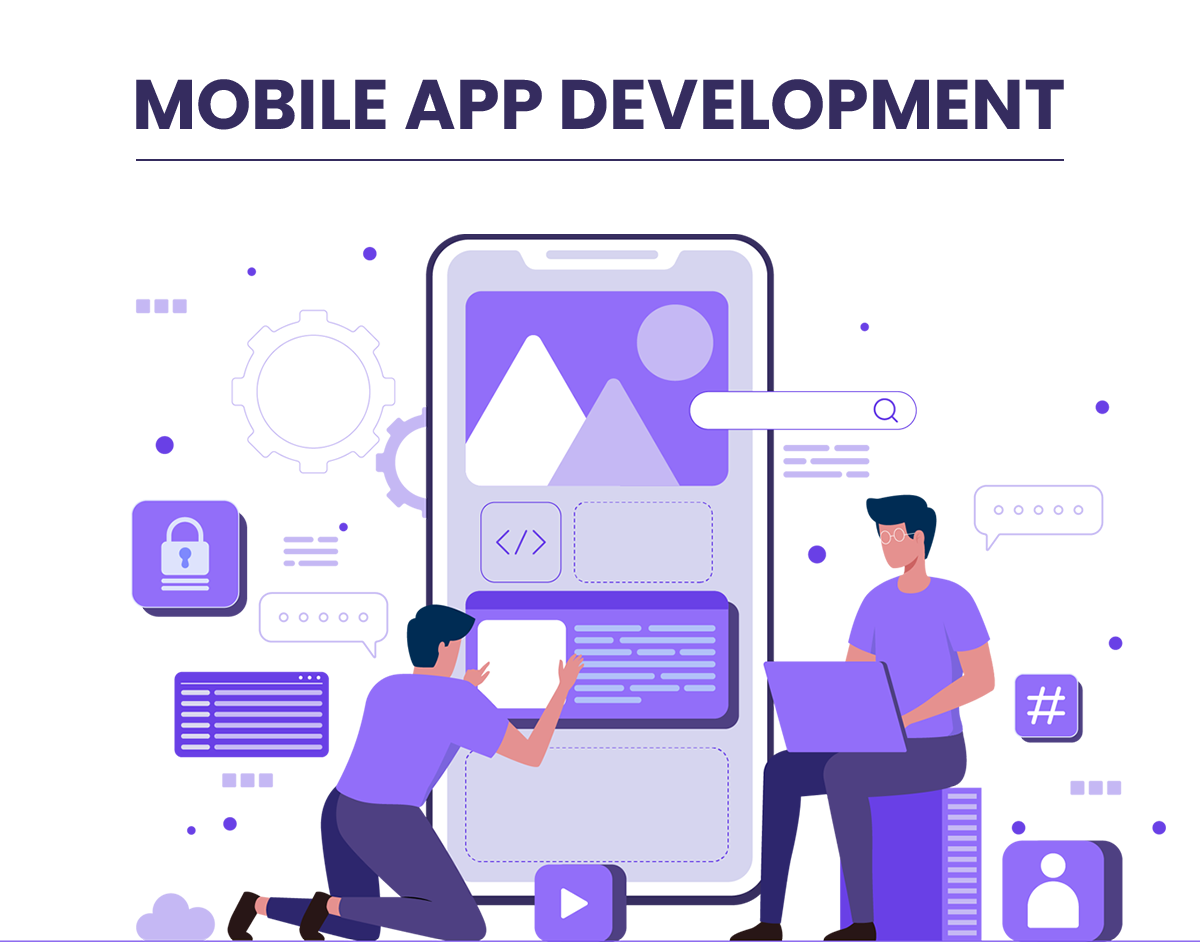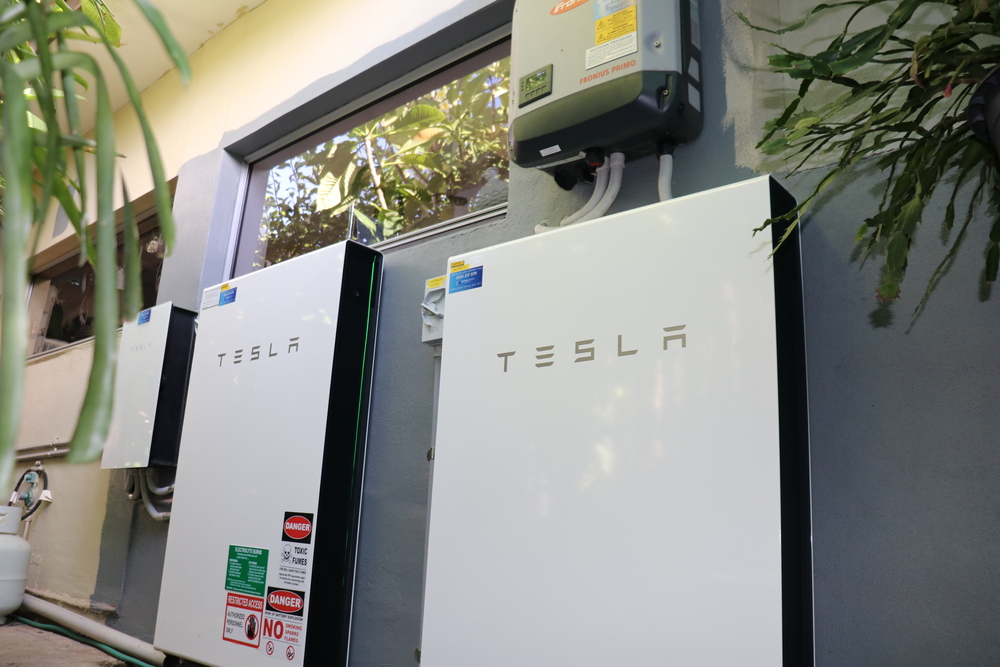Building an e-commerce app can be a significant investment, but it’s essential for businesses looking to enhance their online presence and cater to a growing market of mobile shoppers. Understanding the e-commerce app development cost is crucial for budgeting and planning. This guide outlines the factors that influence the cost, potential price ranges, and tips for choosing the right development service.
Table of Contents
Toggle1. Factors Affecting e-Commerce App Development Cost
The cost of developing an ecommerce app development cost varies widely based on several key factors:
- App Complexity: The complexity of the mobile application development service providers features plays a significant role in determining cost. A simple app with basic functionalities like product listings, shopping cart, and payment integration will cost less than a complex app with features like user accounts, wish lists, and advanced analytics.
- Design Requirements: User experience (UX) and user interface (UI) design are critical for an e-commerce app. Custom designs can increase costs significantly compared to using pre-designed templates. Investing in good design can enhance user engagement and retention, making it worthwhile.
- manufacturing app development
- how to start an online grocery delivery business
- Platform Choice: Deciding whether to develop a native app (for iOS or Android) or a cross-platform app can impact costs. Native apps typically require separate codebases, which increases development time and cost. On the other hand, cross-platform mobile application development services allow you to build an app that works on multiple platforms with a single codebase, often reducing costs.
- Backend Development: A robust backend infrastructure is essential for an e-commerce app, supporting features like user authentication, database management, and transaction processing. The complexity and scale of the backend system can greatly affect development costs.
- Integration with Third-Party Services: Integrating payment gateways, shipping services, and inventory management systems can add to your costs. The more integrations you require, the higher the overall development cost.
- Maintenance and Updates: Post-launch, your app will need ongoing maintenance and updates. This is an important cost to factor in when budgeting for your e-commerce app.
2. Estimated Cost Ranges
While costs can vary greatly based on the factors mentioned, here are some general estimates for e-commerce app development:
- Basic E-commerce App: For a simple app with essential features, the development cost may range from $10,000 to $30,000. This type of app typically includes product listings, a shopping cart, and payment processing.
- Mid-Range E-commerce App: A more complex app with additional features like user profiles, wish lists, and personalized recommendations might cost between $30,000 and $70,000. This range often includes better design and user experience.
- High-End E-commerce App: For a fully-featured e-commerce app with advanced functionalities, custom integrations, and sophisticated design, costs can start from $70,000 and can exceed $150,000. These apps are built for larger businesses that require extensive features and scalability.
3. Choosing the Right mobile application development service providers
Selecting the right development partner is crucial for ensuring quality and staying within budget. Here are some tips for choosing mobile application development service providers:
- Experience and Expertise: Look for providers with experience in e-commerce app development. Check their portfolios to evaluate their previous work and expertise in creating similar apps.
- Technology Stack: Ensure that the provider is proficient in the latest technologies and frameworks suitable for e-commerce apps. This includes knowledge of cross-platform mobile application development tools if you choose that route.
- Client Reviews and Testimonials: Research client reviews and testimonials to gauge the provider’s reliability and quality of work. This will give you insight into their reputation in the industry.
- Post-Launch Support: Consider providers that offer ongoing maintenance and support after launch. This ensures that your app remains up-to-date and functional, which is crucial for user satisfaction.
4. Cost-Effective Strategies
To manage e-commerce app development costs effectively, consider these strategies:
- MVP Development: Start with a Minimum Viable Product (MVP) that includes only the core features necessary for launch. This allows you to test the market and gather user feedback before investing in additional features.
- Outsource Development: Consider outsourcing to development teams in regions with lower labor costs. This can significantly reduce your overall expenses without compromising quality.
- Utilize Cross-Platform Development: If you’re targeting multiple platforms, using cross-platform development can save time and money while reaching a wider audience.
5. Conclusion
The cost of building an e-commerce app can vary significantly based on several factors, including app complexity, design, platform choice, and integration needs. By understanding these variables and carefully selecting mobile application development service providers, you can better estimate your budget and make informed decisions. Investing in a well-designed, functional e-commerce app can ultimately lead to increased sales and customer loyalty, making it a worthwhile endeavor for any business.









